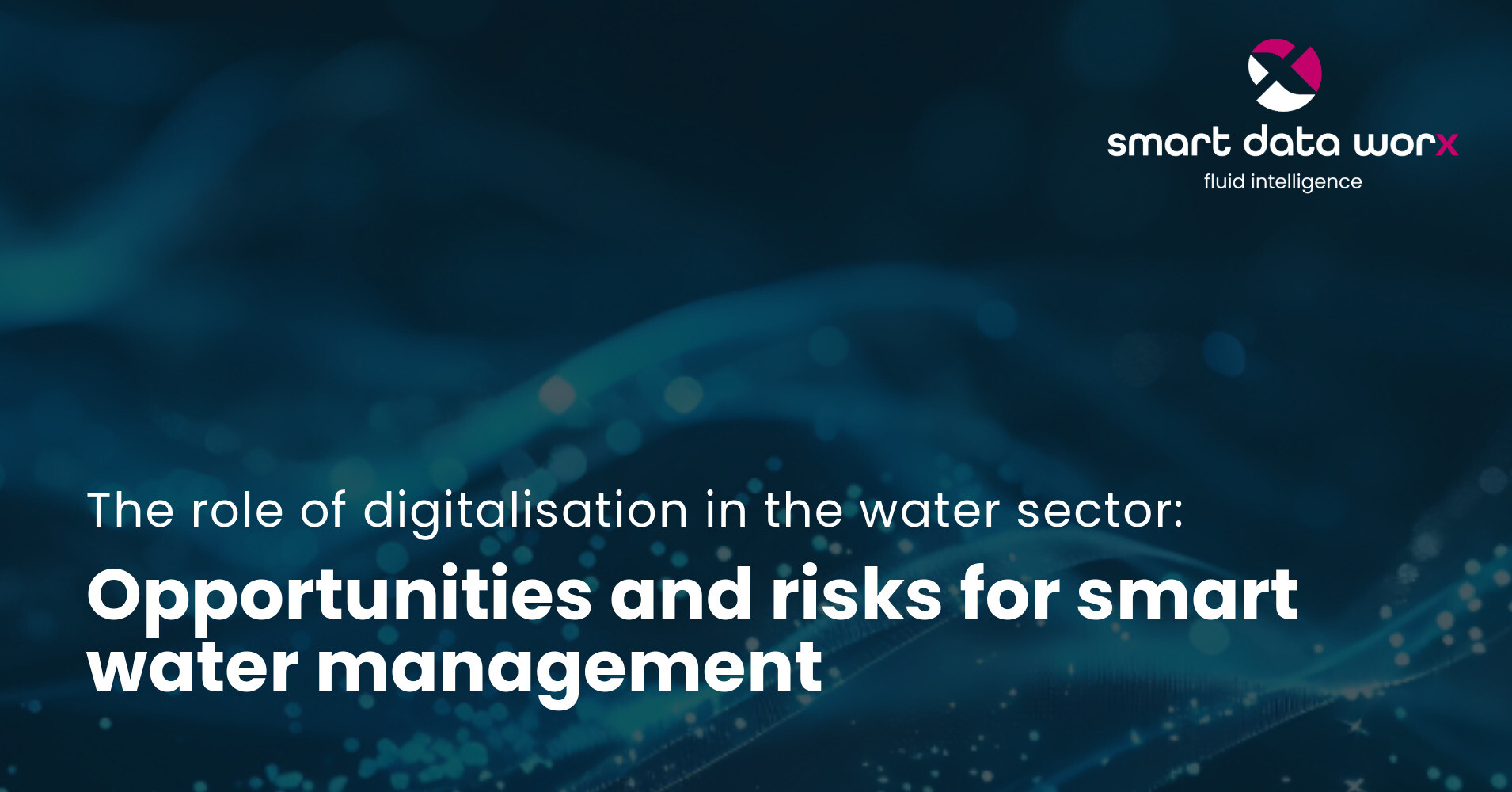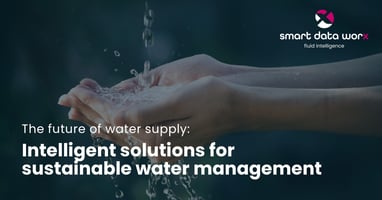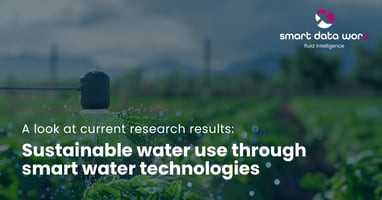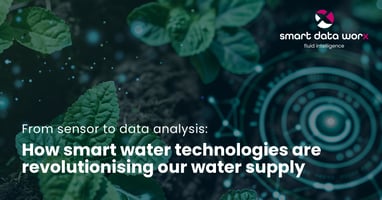Water is the elixir of life on earth, indispensable for humans, animals and plants. Global warming,...
The role of digitalisation in the water sector

Digitalisation is changing almost every area of our lives, including the water sector. The introduction of smart technologies and the use of data play a crucial role in the modernisation of the water supply. Smart water management, which is based on digitalisation and the use of the Internet of Things (IoT), promises more efficient, sustainable and secure management of our water resources. This blog post deals with the opportunities and risks of digitalisation in the water sector, with a particular focus on the use of IoT technologies and the associated challenges for data protection and security.
Digitalisation in the water sector
Digitalisation in the water sector involves the use of advanced technologies to improve water supply, distribution and monitoring. It enables the collection and analysis of data in real time, leading to more precise control and optimisation of water infrastructure. Traditional, often manual and time-consuming methods are being replaced by automated and data-driven processes.
A central element of digitalisation is the implementation of smart water management systems. These systems utilise digital technologies such as sensors, data analysis, artificial intelligence (AI) and cloud computing to make the entire water cycle more efficient - from water extraction to treatment and distribution through to wastewater treatment.
Use of IoT technologies
The Internet of Things (IoT) plays a key role in smart water management. IoT devices and sensors are installed in water pipes, pumping stations, tanks and other infrastructure elements to continuously collect and transmit data. This data includes information on water flow, pressure conditions, water quality and much more. This technology allows us to improve three main areas:
- Real-time monitoring and control: The networking of IoT devices enables operators of water supply systems to monitor and control the condition of their infrastructure in real time. This allows problems such as leaks, pressure drops or contamination to be detected and rectified more quickly. In addition, continuous monitoring of the system can identify anomalies in consumption patterns that could indicate potential problems or inefficiencies.
- Data analysis and predictive models: The data collected is not only analysed to identify patterns, but also to develop predictive models. These models are extremely valuable as they make it possible to forecast water consumption, determine optimal operating times for pumps and other systems and plan preventative maintenance measures. By analysing the data, long-term trends in water consumption can also be identified and appropriate adjustments made to the water supply strategy.
- Resource efficiency: IoT technologies not only contribute to the optimisation of water consumption, but also to the more efficient use of resources. Intelligent irrigation systems in agriculture, for example, can precisely determine the water requirements of plants and adjust irrigation accordingly to avoid over-irrigation and thus water wastage. In urban areas, intelligent pipe systems can help to optimise water pressure and distribution in order to reduce consumption and improve supply.
Opportunities of digitalisation in the water sector
Digitalisation and the use of IoT technologies in the water sector offer numerous advantages:- Increased efficiency: digital technologies not only enable more efficient use of water resources, but also more precise monitoring and control of water supply systems. Intelligent sensors and analysis tools can provide data in real time, making it possible to identify consumption patterns, minimise losses and optimise operational processes.
- Cost reduction: Automated systems and data-driven decision making can significantly reduce operating costs. Preventive maintenance measures made possible by predictive analytics reduce expensive repairs and downtime. Energy costs can also be reduced through the optimised operation of pumps and treatment plants.
- Improved water quality: Real-time monitoring of water quality using IoT technologies enables rapid response options when detecting contamination. Advanced treatment systems can be automatically adjusted to optimise cleaning processes and maintain consistently high water quality.
- Sustainability: Digitalisation supports sustainable water management by promoting more efficient use of water and reducing losses. Long-term data analyses and forecasts help to strengthen the resilience of water supply systems to climatic and demographic changes.

Risks and challenges
Despite the many benefits, digitalisation in the water sector also poses risks and challenges, particularly in the areas of data protection and security.- Data protection: The collection and processing of large amounts of personal data, especially by smart water meters, calls data protection into question. It is important to protect consumer privacy and ensure compliance with data protection regulations.
- Security: The networking of water supply systems makes them vulnerable to cyber attacks. Serious consequences for the critical water infrastructure are, for example, the interruption of the water supply or the manipulation of water quality data. As a result, the implementation of robust security measures is necessary.
- Costs and implementation: The implementation of digital technologies requires high investments in hardware, software and training. This can be particularly challenging for smaller water suppliers. In addition, the existing infrastructure must be modernised and adapted to the new technologies.
- Interoperability: The large number of systems and technologies used requires standardised interfaces and protocols in order to achieve seamless integration and compatibility. This is crucial for the smooth exchange of data between different components and systems.
Conclusion
Digitalisation and the use of IoT technologies in the water sector offer significant opportunities to improve the efficiency, sustainability and safety of the water supply. Intelligent systems make it possible to monitor and control the water infrastructure in real time, optimise the use of resources and help to reduce costs. At the same time, data protection and security are key challenges that need to be overcome. Reliable security measures and compliance with data protection regulations are necessary to reduce risks.
The future of water supply will be strongly characterised by digital technologies. The responsible and innovative use of these technologies can ensure a sustainable and reliable water supply. The digitalisation of the water sector is not just a technological development, but also a step towards a sustainable and future-proof society. By utilising the opportunities and accepting the challenges, the water supply can be made more efficient, safer and more sustainable.


